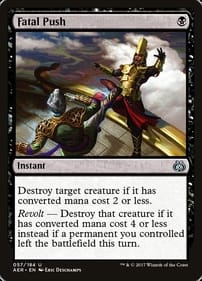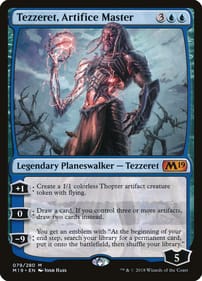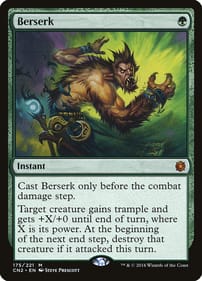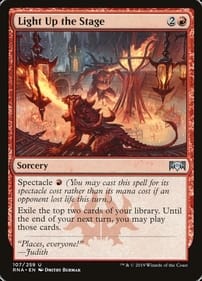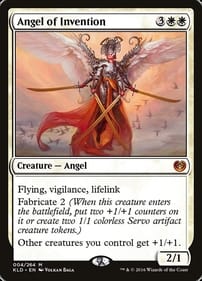New Oliveros Book Details FLQ’s Reign of Error
By Dan Brown The new book from cartoonist Chris Oliveros, Are You Willing to Die For the Cause?, is an insightful look at a dark chapter in Canadian history. It’s even, in a way, darkly funny.It’s the tale of a bunch of stumblebums cosplaying as terrorists who – if you believe them – didn’t set out to take any lives, but still ended up with plenty of blood on their hands.You know what happened during the October Crisis of 1970 in Quebec, right? Well, this graphic novel fills you in on what was happening in the decade prior to that pivotal moment. It is, in comic terms, the origin story of the FLQ, the group (I hesitate to call it an “organization”) that would eventually prompt Pierre Trudeau to trigger the War Measures Act.You may know Oliveros as the founder and former publisher of Drawn & Quarterly, which has become a force in the comics world since its inception in 1989.This volume is the first in a two-part series about the Front de Liberation du Quebec – the second book, yet to come, will deal with events that are better-known, like Trudeau’s hard-nosed response to the supposed “parallel power” that arose in la belle province by advocating, violently, for separation.By the end of the 1960s, different iterations of the FLQ had gained notoriety with, among other glorious feats, the blowing up of innocent Canada Post mailboxes. One FLQ honcho even imagined he was a contemporary of Fidel Castro, the communist revolutionary who had taken over Cuba not long before. If Oliveros’ goal is to show the would-be Quebec liberators to be amateurs, he does a good job.One of the FLQ members stores sticks of dynamite in his apartment pantry, next to the breakfast cereal his children eat. A guiding manifesto is dictated, seemingly improvised on the spot. And on at least one occasion, a bomber has to find his own way to the target site because no one in the FLQ has access to a car. (The authorities come across not only as inept, but corrupt to boot.)It’s clear the storytelling project here is to underline the difference between the grand ambitions of the terrorists, and how events actually played out in the real world. So the reader will see page upon page setting forth what was supposed to happen as envisioned in the plans of the FLQ’s commanders, followed by a second sequence outlining the less-than-impressive real results. Or Oliveros will depict a historical figure like former Montreal mayor Jean Drapeau recalling the reign of terror, then the next panels will outline what the historical record indicates really happened. For example, the FLQ robbery of a gun store in 1964 wasn’t supposed to go off the rails, no one was supposed to get hurt, yet the “panic and confusion” that ensues once the would-be terrorists storm the place turns the raid into a “fiasco” in which two employees are left dead. Oliveros goes over the scene several times to illustrate what happens in the fog of a play war.And in case you don’t agree with any of his conclusions, at the end of Are You Willing to Die For The Cause?, Oliveros carefully explains where he got key details, such as dialogue.Even better, the artist/writer pulls the curtain back on himself, showing the gaps in his own creative process. He is open about how he compressed some events in his narrative, and fictionalized other panels in the interests of clear storytelling, which makes sense: Although Oliveros was born in the 1960s, he wasn’t, you know, in the room where any of this happened.So it’s consistent with his overall project that he would point to the constructed nature of this comic. That doesn’t make the book any less tragic, or comedic. Of course, the ultimate irony is how despite all of the FLQ’s actions, including the dramatic and deadly ones that will be the subject of Oliveros’s next graphic novel, Quebec remains part of a united Canada. As this book demonstrates, the best-laid plans often go awry.Dan Brown has covered pop culture for more than 31 years as a journalist and also moderates L.A. Mood’s monthly graphic-novel group.
Expansive, Vivid Account of Comix History Worth the Read
By Dan BrownBrian Doherty’s superlative new book Dirty Pictures is not a history of comics, it’s a history of comix. There’s a difference.Comics are the mainstream titles you know, like those produced by DC and Marvel. Think Wonder Woman, Batman, The Amazing Spider-Man, Captain America, all those costumed do-gooders. Comix, on the other hand, is the name given to the underground picture-and-word books made, starting in the late 1960s, in San Francisco and other American cities by rebel publishers who skirted the law, and certainly violated the limits of good taste.Comics publishing was an industry with its own system of censorship, the Comics Code Authority, which was in place until relatively recently. Comix were famously published exactly how their creators drew them, legal consequences be damned.It’s hard to imagine anyone getting hauled into court for selling an issue of, say, The Fantastic Four, but a few individuals did get busted for selling comix. An example of an underground issue that stirred up legal trouble is the one that parodied Walt Disney character Mickey Mouse in lewd detail.I expected to learn a lot about comix before I cracked Dirty Pictures. What I didn’t foresee is how much I would learn about the comics industry as a whole from the 439-page volume, which I recommend to anyone with more than a passing interest in the history of comic-book publishing in North America. Not only is Dirty Pictures informative, but Doherty – by day an editor for Reason, the libertarian magazine – also does a great job of transporting the reader back to a time when “an underground network of nerds, feminists, misfits, geniuses, bikers, potheads, printers, intellectuals and art-school rebels revolutionized art and invented comix,” according to the book’s subtitle. Doherty introduces the reader to Robert Crumb, Art Spiegelman, Robert Williams, and other key figures. Crumb, the leader of the comix movement, is the guy who popularized the phrase “Keep on truckin,'” which appeared on seemingly every car bumper in the 1970s.You may know Spiegelman as the creator of the 1987 graphic novel Maus, an account of his Holocaust-survivor father’s life told using cartoon animals that earned a Pulitzer Prize. Less well-known is how the genesis of Maus began in underground comix years prior to that.Williams is now known as the artist whose racy 1978 painting of a robot and a partially clad woman served as the original cover for the Guns N’ Roses album Appetite for Destruction (it would be swapped out for a safer image after an outcry from retailers and the public).Famous comix titles include Snarf, Zap, and Young Lust. They were published by companies with such dodgy monikers as Rip Off Press, Last Gasp Press and Head Imports. They were typically one-offs, with notable exceptions, since they didn’t follow a regular monthly publishing schedule. The cartoonist Bill Griffith, who went on to syndicate his Zippy the Pinhead strip in conventional newspapers, is quoted in Doherty’s book saying, “ For me, when I use the word (comix), I mean work that will wake you up, work that allows you to be able to see more, to become more receptive, more alive” Doherty wisely conducted fresh interviews with many of the artists from the San Francisco scene to bolster his research. Those interviews are just one element that makes this book required reading. And while you might think his account of those heady days would suffer because of the fading memories in the minds of those who were there at the creation, the author peppers each chapter with contemporary records, like the letters they wrote to each other back in the day.Comix publishing was, according to Doherty, a “loose, friendly, strange business.”This exhaustive history draws a direct line from Mad magazine founder Harvey Kurtzman to the underground creators of the 1960s to the autobiographical graphic novelists of today. If you want to understand how we ended up with the comics industry we have in 2023, Dirty Pictures is one of the best places to start.Dan Brown has covered pop culture for 30 years as a journalist and also moderates L.A. Mood’s monthly graphic-novel group.




